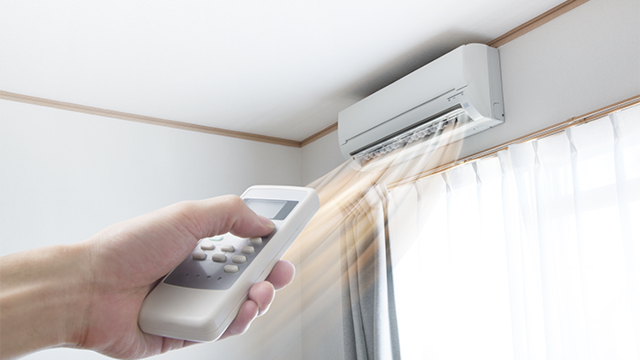A central air conditioning system is designed to help you keep your home comfortably cool. However, whenever it becomes faulty, the unit will not be able to provide the relief that you have bought it for. Although you can contact an air conditioning specialist to repair it, there are tons of things you can also do to analyze the problems and repair the air conditioner unit on your own.
Let’s
consider the following issues for troubleshooting and repairing your central air
conditioner.
·
The A/C won’t work
One of the most common problems with an air conditioning system is that
it may refuse to turn on. In many cases, the problem has a simple cause; hence,
repairing it can be easy.
To repair it, check the fuse and circuit breaker. Is any of them blown
or tripped? Are they working properly? You should change a blown fuse or reset
a tripped circuit breaker.
It should be noted that a malfunctioning thermostat can also make the A/C
not to turn on. Most of the issues associated with a malfunctioning thermostat can
only be solved by a professional furnace and A/C repairer.
·
Low refrigerant
If an air conditioning system has low refrigerant, the unit may
underperform. The most obvious sign of this issue is that your home will not be
cooling enough. Basically, the low refrigerant may happen because of a single
or multiple leaks or poor installation.
Once you are certain the problem is low refrigerant, you can top it off.
However, in many instances, you may need to call an HVAC specialist if there are
leaks. The specialist will find the leaks and fix them.
·
Faulty condenser
Another important part of your air conditioning system that you may need
to check is the condenser coil. This particular part is required to discharge heat
that has been removed from the air. Typically, you have to release the
condenser from the outside of the home for it to perform its role properly.
Since the condenser coil is placed outside of the building, it can be
exposed to soot, dust, dirt, debris, and other forms of pollutants. Resultantly,
the coil may be clogged or dirty; hence, it may not be able to discharge heat
properly. This will force the coil to work harder. To solve this issue, check
the condenser and ensure that you remove the dirt and dust from it.
·
Dirty or leaking
ducts
Is the air warmer than normal? Are a few rooms cooler than the others? If
you are experiencing any of these problems, the ducts of the air conditioning
system may be dirty; hence, the airflow is disrupted. Otherwise, the ducts may
be leaking.
Whatever the case may be, check the air ducts and see if they are dirty
or not. As expected, you can clean dirty ducts and reinstall them. Leaking air
ducts, on the other hand, may require a replacement.
·
Noisy air
conditioning systems
Normally, an air conditioning system has different fans that cool down
the condenser coil and evaporator coil. If the fan motors (not just in the
condenser but also the furnace) are clogged by dust, debris, or dirt, the
system may be making lots of noise. In other cases, the problem may be because of
faulty bearings or worn belts.
Try to get rid of the dirt, dust, or debris. If the problem is with the
belts, replace them. In most cases, this solution should be enough to reduce
the noise.
·
Malfunctioning drainage
As the air conditioner removes the moisture, it goes out through a drain
line until it gets to a pan. From the pan, it is sent into a drain. Over time,
the drain may accumulate debris and dirt, and, as such, it may be blocked
partially or fully. The blocked drain will lead to an overflown pan. Hence, the
water will accumulate and destroy the air conditioning unit.
Solve this issue by taking a closer look at the drain line, pan, and
drain. Remove the dirt and the system will start functioning properly again.
·
Frozen evaporator
coil
If the rooms are feeling hot, the evaporator coil may be frozen. A
frozen evaporator coil often leads to reduced airflow; hence, the home central
air conditioning system will not be able to cool the room again. Check the evaporator
coil of your unit, get rid of any dirt and the airflow should return to normal.
Take caution to prevent any hazard. Make sure that
you turn off the power, including the power to the furnace, before you start
working on the air conditioning system. Also, if you cannot solve the problem
on your own, don’t hesitate to hire the services of an air conditioner
repairer.



Comments
Post a Comment